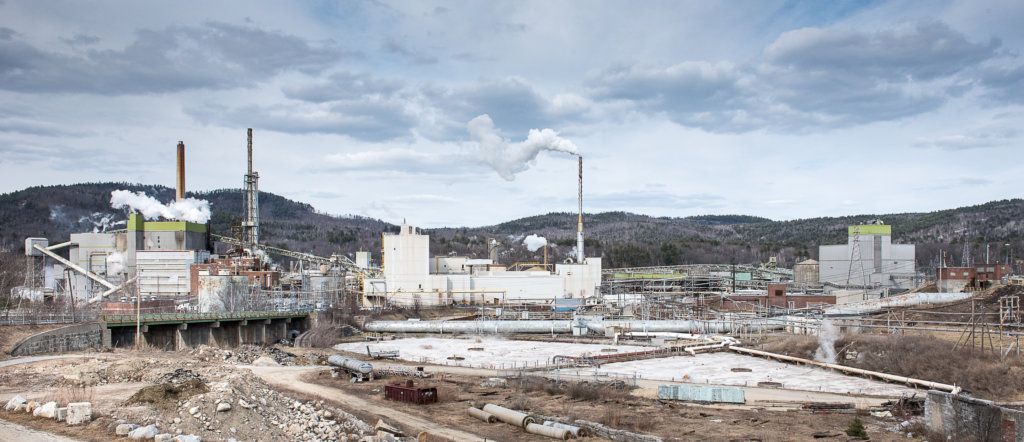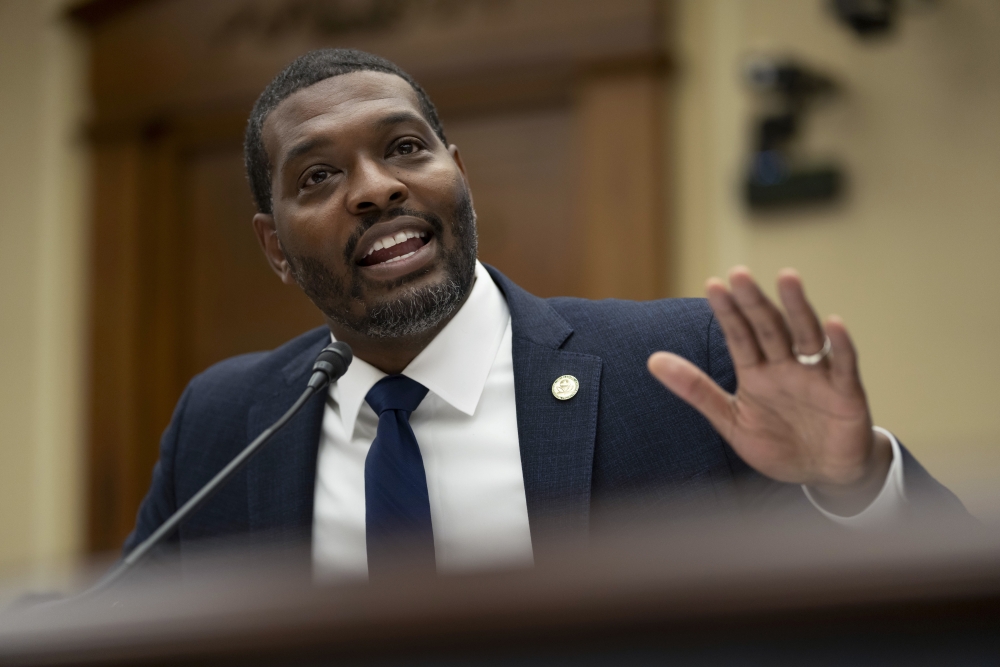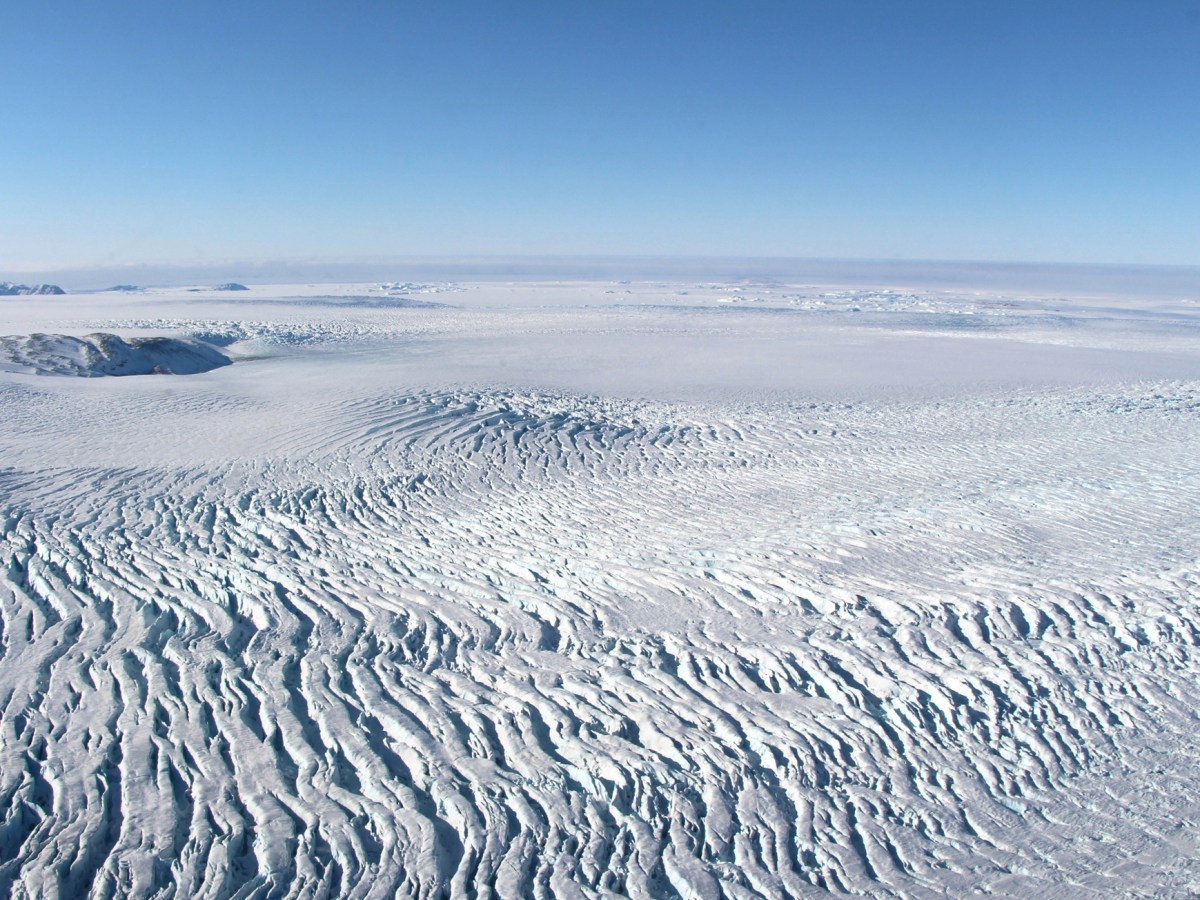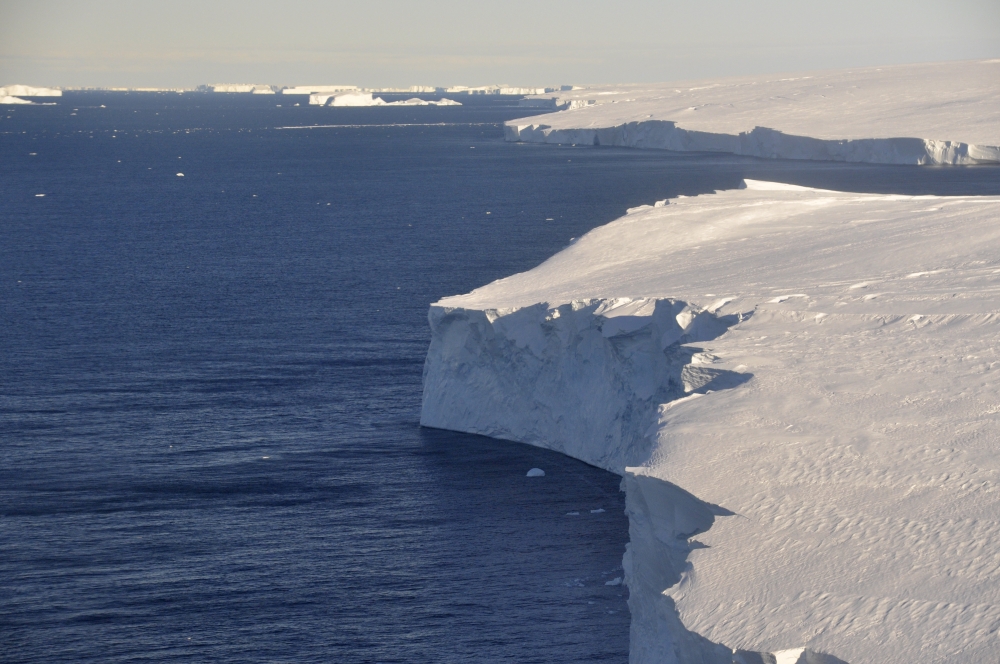Goals to reduce the use of fossil fuels won’t be able to get far without help from energy storage.
environment
Pollute less, profit more: How Maine industry is rewarded for cutting down emissions and wastewater
A state tax exemption benefits industrial companies for cutting down on pollution but also draws millions of dollars away from small-town tax revenue, and never expires.
EPA offers $2 billion to clean up pollution, develop clean energy in poor communities
Officials say about 150 community-driven projects are expected to win grants ranging from $10 million to $20 million each.
Impasse over shoreland zoning violations at Sebago Lake leads to legislative action
State Sen. Tim Nangle sponsored two bills to offer relief to municipalities, plus the ability to deny permits to applicants with unresolved shoreland zoning violations.
$1.6 million on the line for Wiscasset in dispute over nuclear waste facility
A state statute rewards companies for limiting pollution at the cost of the towns where they’re located. For Wiscasset, the price tag could be in the millions.
How to help the environment? Farmers and food enthusiasts have ideas
Three no-nonsense nonfiction books offer helpful tips for making a difference.
Greenland’s ice shelves hold back sea level rise. There are just 5 left
Losses of ice from Greenland have caused about 17 percent of observed sea level rise between the years 2006 and 2018, and if the remaining five collapse, the northern hemisphere will have lost all its shelves.
A key part of Antarctica is doomed to slow collapse, study says
A new study says no matter how much the world cuts back on carbon emissions, a key and sizable chunk of Antarctica is essentially doomed to an unavoidable melt.
Climate demonstrator outside L.L. Bean gets surprise visit from CEO
Freeport resident and retired schoolteacher William Rixon has been demonstrating outside L.L. Bean since the beginning of September. This week, he got a response.
UMaine developing interactive tool to track PFAS nationwide
A university team is creating a tracker that strives to connect state and federal testing data back to the likely source of contamination, note the potential impacts on food and water supplies and map out how PFAS travels through the environment.







